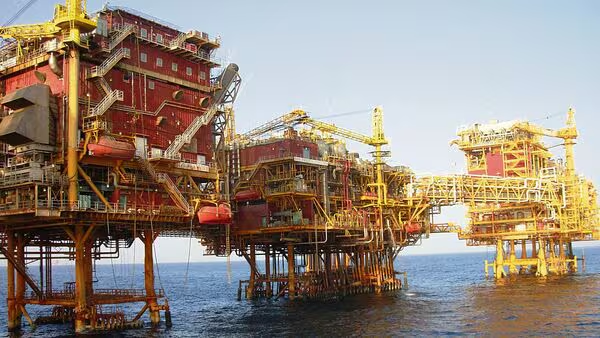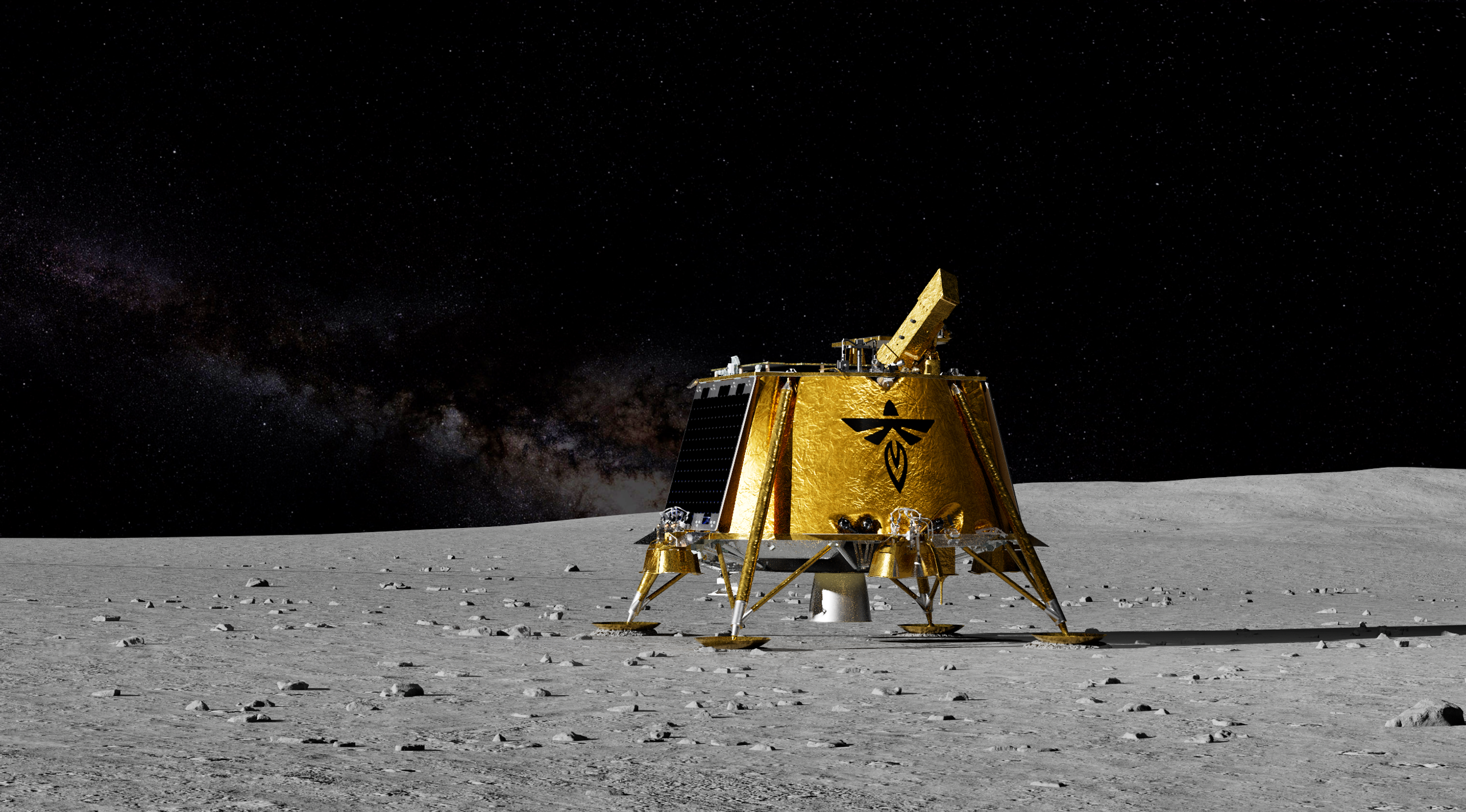- Courses
- GS Full Course 1 Year
- GS Full Course 2 Year
- GS Full Course 3 Year
- GS Full Course Till Selection
- CSAT
- 5 LAYERED ARJUNA Mentorship
- Public Administration Optional
- Online Program
- GS Recorded Course
- NCERT Batch
- Polity Module Course
- Geography Module Course
- Economy Module Course
- AMAC Module Course
- Modern India, Post Independence & World History Module Course
- Environment Module Course
- Governance Module Course
- Science & Tech. Module Course
- International Relations and Internal Security Module Course
- Disaster Management Module Course
- Ethics Module Course
- Essay Module Course
- Current Affairs Module Course
- ABOUT US
- OUR TOPPERS
- TEST SERIES
- FREE STUDY MATERIAL
- VIDEOS
- CONTACT US
India is World’s 2nd largest emitter of Nitrous Oxide
India is World’s 2nd largest emitter of Nitrous Oxide
23-07-2024
- The alarming rise in nitrous oxide (N2O) emissions, poses a significant threat to global climate goals and the ozone layer.
- Nitrous oxide potent greenhouse gas with 300 times the heat-trapping capacity of carbon dioxide,
- A recent study by the Global Carbon Project (GCP) reveals that human-induced N2O emissions have surged by 40% between 1980 and 2020, primarily driven by agricultural practices such as the use of chemical fertilizers and animal manure.
Key Findings:
-
Global N2O emissions: Increased by 40% (3 million metric tons per year) from 1980 to 2020.
-
Top emitters: China (16.7%), India (10.9%), US (5.7%), Brazil (5.3%), and Russia (4.6%).
-
India's position: Second-largest emitter globally, but with the lowest per capita emission.
-
Atmospheric N2O concentration: Reached 336 parts per billion in 2022, exceeding pre-industrial levels by 25%.
Sources of N2O Emissions:
-
Natural: Oceans, inland waters, and soil contribute 11.8%.
-
Anthropogenic (Human-Induced): Agriculture accounts for 74%, primarily due to fertilizers and animal waste. Other sources include industrial processes, combustion, and waste management.
Implications of Rising N2O Emissions:
-
Intensified global warming: N2O's high heat-trapping potential exacerbates climate change.
- Ozone layer depletion: N2O releases nitrogen oxides in the stratosphere, damaging the protective ozone layer.
-
Food security concerns: Increased food demand may lead to further N2O emissions, creating a conflict between food security and climate goals.
-
Challenge to Paris Agreement: Rising N2O levels hinder the achievement of global warming targets.
India's Specific Concerns
- India's 2nd -place ranking in N2O emissions, primarily from fertilizers, raises alarm.
- Heavily subsidized fertilizers in India exacerbate the problem, polluting water bodies and contributing to climate change.
- A shift towards sustainable agricultural practices and repurposing fertilizer subsidies are crucial for India.
Proposed Solutions
- Innovative agricultural practices: Precision agriculture, nitrification inhibitors, cover cropping.
- Effective policy measures: Emission trading schemes, targeted subsidies, research and development.
- Addressing emissions from other sources: Stricter regulations on industrial processes, optimizing combustion, and improving waste management.
The Way Forward
Addressing the N2O challenge requires a multi-faceted approach. Transitioning to sustainable agricultural practices, implementing effective policy measures, and investing in research and development are crucial steps. India, as a major contributor to N2O emissions, must prioritize these solutions to mitigate its impact on climate change and achieve a more sustainable future.



